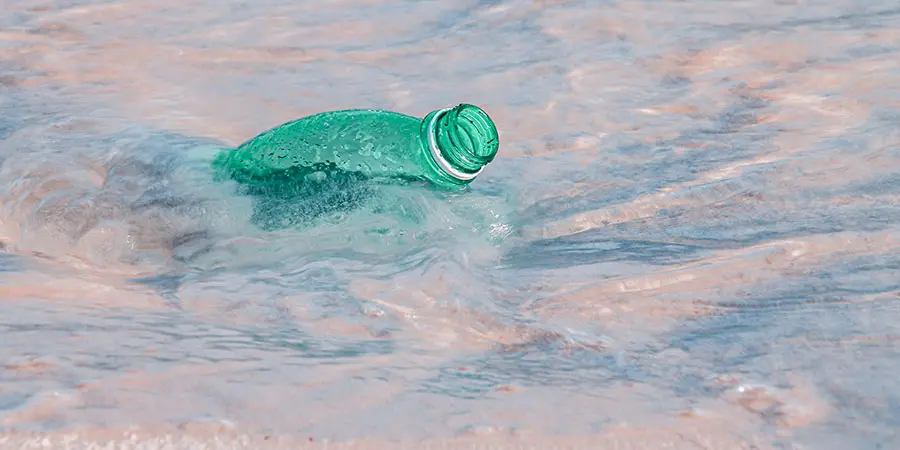

Celebrating action to protect the ocean

What’s the problem with our oceans? Our oceans are at risk as a result of issues such as climate change and plastic pollution.
According to UN Climate Change, the ocean has long taken the brunt of the impacts of man-made global warming; absorbing excess heat and energy released from rising greenhouse gas emissions trapped in the Earth’s system. Today it is believed that the ocean has absorbed around 90% of the heat generated by rising emissions.
When it comes to plastics, according to IUCN (the International Union for the Conservation of Nature), at least 14 million tonnes of plastic end up in the ocean each year, with plastic making up 80% of all marine debris. It is believed that the concentration of microplastics in particular (tiny plastic particles up to 5mm in diameter) has increased significantly in the surface water of our oceans over the last forty years.

What are we doing about it?
As a business, we’ve set bold ambitions to take action on climate and plastics. This includes our ambition to become climate positive before 2050 and our ambition to eliminate single-use plastics from our sites and operations by 2030; achieving 100% plastic circularity by this time.
As part of our climate journey we’ve already reduced our scope 1+2 emissions (the emissions that come from our own operations and the indirect emissions from our energy supply) by 35% since 2015 and we’re working towards our next milestone of 70% before 2030. Alongside this, we’re working towards our milestone to reduce scope 3 emissions (the emissions that come from our supply chain which makes up the biggest proportion of our footprint) by 20% by 2030 on our way to our climate positive journey.
Our plastics journey is already underway and we’re making progress through our first plastics inventory in 2022 and through guidance and training we’re providing to our teams. Our strategy is built around the concept of reducing usage (for example, removing unnecessary plastic) designing for circularity (for example, increasing recycled materials content), increasing usage of renewable materials (for example by innovating and collaborating on new technologies) and improving the system (for example by increasing adequate recycling capacity). We’re already taking our first steps in this journey and you can read more about this here.
Innovating for nature – an example
As we continue on these journeys, our success is closely linked to innovation. One such innovation is PlanetCaps™.

PlanetCaps™ is our industry-leading first-to-market fragrance encapsulation innovation built on a biodegradable and bio-sourced delivery system for fabric softeners.
With PlanetCaps™ we have combined our long history of fragrance encapsulation with superior perfumer technical expertise in laundry care to create a new fragrance capsule that brings long-lasting freshness to fabrics softener with no lasting impact on the environment and with no compromise on performance.
Not only does it contribute to cutting microplastics (one of the key challenges facing our oceans), it allows us to deliver capsules with more than 60% renewable carbon material and a biodegradability of greater than 60% after 60 days, so it contributes to our wider nature and climate goals too, all while delivering on our customers’ needs and expectations.
Read more on PlanetCaps™ here and for further information on our plastic circularity journey, take a look here.